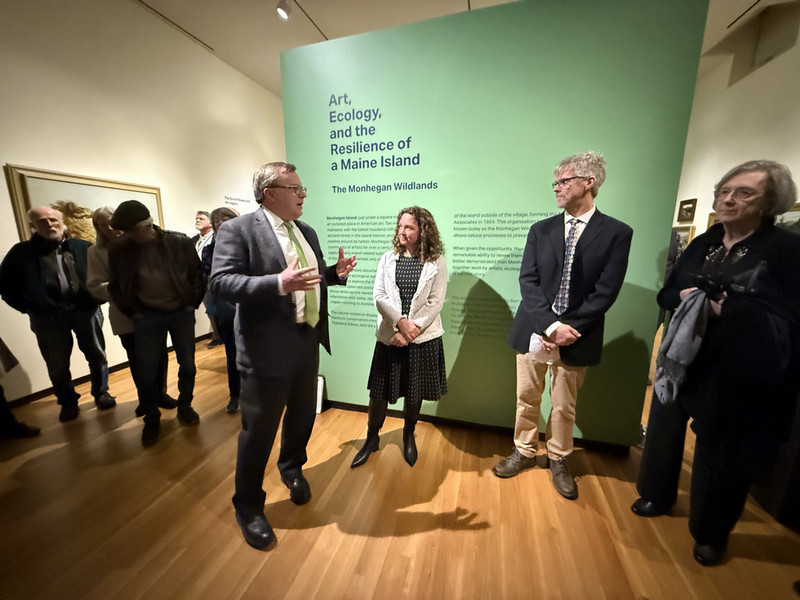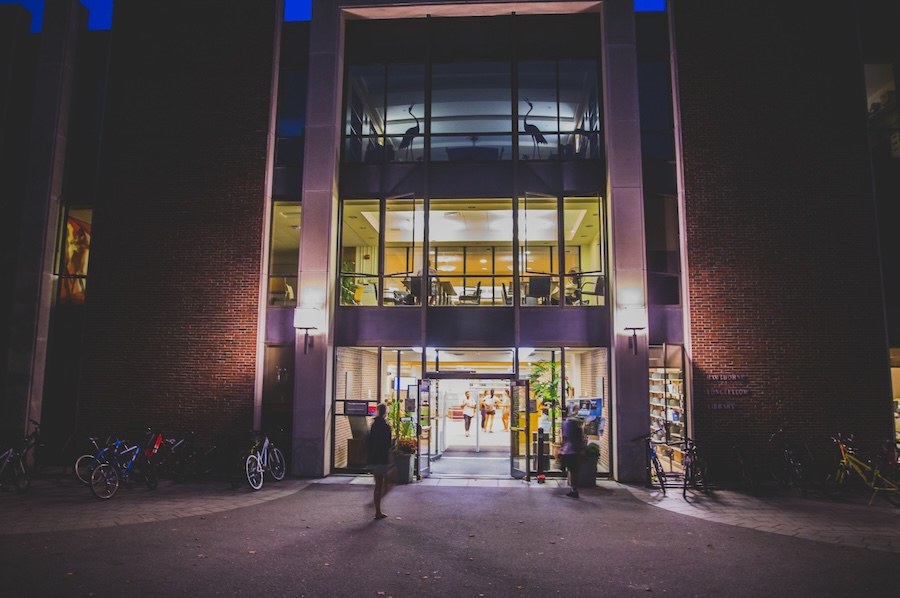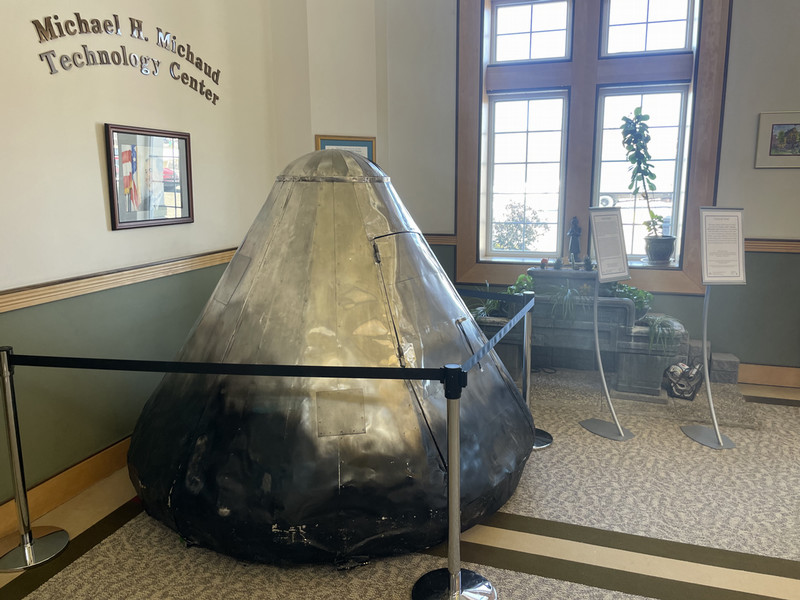Collecting Soviet Propaganda Posters: An Interview with Eric Silverman ’85 P’19
By Bowdoin College Museum of Art
This exhibition explores the remarkably wide-ranging body of propaganda posters created as an artistic consequence of the 1917 Russian Revolution. Svetlana and Eric Silverman ‘85, P’19 generously lent all of the works in the exhibition. Recently Eric discussed their collection.
When did you become interested in collecting art?
I grew up in the 1960s and 70s in a home full of modern art: crazy paintings, sculptures, and objects. My parents were committed and dynamic collectors of modern art, and I was inspired by their belief that collecting is a privilege which can be both
What inspired you to collect Soviet propaganda posters?
Svetlana and I were walking down Newbury Street in Boston one weekend day in 1995. We wandered into the International Poster Gallery and left with three Russian posters. Since we really liked them, I decided to learn more and ended up wanting to find more and more posters designed after the Revolution, but before the 1950s. These works are visually compelling, and I am interested in the connections between art and the extraordinary, transformational historical happenings.
What are some of the criteria that guide the posters you collect?
I’m always looking for posters that address the issue of
What makes the period in the Soviet Union between the two world wars so compelling to you?
The idea of art as a form of production; the concept of artist-constructor; how the incredible creative power of the various Russian avant-garde movements
Having collected more than 150 posters from this era, are there specific images that you are still searching for?
The remainder of postcards designed by Gustav Klutsis for the all-Union Spartakiada Sporting Event in 1928.



